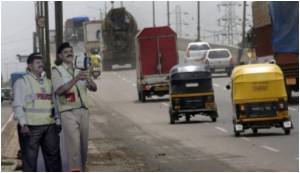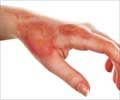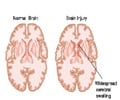A team of researchers from The University of Queensland, in Brisbane, Australia has said that placing speed cameras on roads reduces the number of road traffic injuries and deaths.

The World Health Organization predicts that by 2020 road traffic crashes will have moved from ninth to third in the rank of causes of poor health. Speed cameras are one of the measures that authorities can use to reduce traffic speed in the hope of preventing road injuries. Their use has supporters and detractors, so the research team set out to investigate whether they are effective. They looked for studies that had assessed the impact of speed cameras on speeding, road crashes, crashes causing injury and fatalities.
After searching available literature, they identified 35 relevant studies. "While there is variation in the results, the overall finding is clear – speed cameras do reduce injuries and deaths," says lead researcher Cecilia Wilson.
Compared with controls, the average speed fell as did the percentage of vehicles that exceeded local speed limits. The numbers of crashes in the areas of the cameras also fell, as did the numbers of people killed or injured.
Speed is a critical issue. Driving faster than the posted limit, or too fast for the prevailing conditions, increases the risk of crashes, and also the chance of those crashes causing more serious injury.
"Even though some of the studies were not conducted as carefully as others, the consistency in the way that vehicle speeds, crashes, road traffic injuries and deaths all reduced in places where speed cameras were operating shows that these cameras do a good job," says Wilson.
Advertisement
Advertisement










